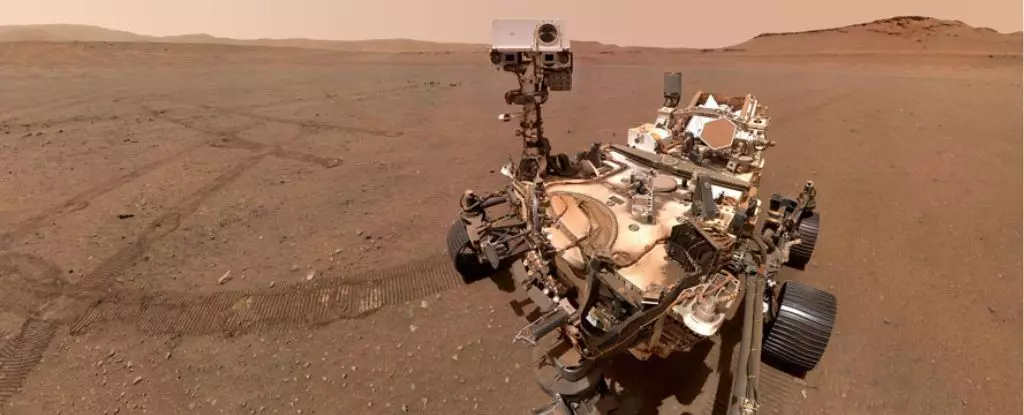NASA’s ambition to bring Martian rock samples back to Earth has reached a critical juncture. Announced recently, the agency is now contemplating a partnership with private space companies, including SpaceX and Blue Origin, to counteract the rising costs and delays affecting the Mars Sample Return mission. Initially set to deliver samples by the 2030s, this project now faces significant financial and logistical hurdles, prompting NASA to rethink its strategy.
The Mars Sample Return mission was designed to fulfill a fundamental scientific goal: retrieving samples that could inform our understanding of the Red Planet’s past, particularly regarding microbial life. However, as NASA has proceeded with planning, soaring expenses have necessitated a reassessment of the mission’s architecture. Originally projected to cost around $11 billion, revised estimates suggest that costs could be trimmed down to as low as $5.8 billion if commercial partners are enlisted for the effort.
Delays in mission timelines further complicate the situation. As attention turns to the growing capabilities of international competitors, particularly China’s ambitions of a simplified sample return by 2028, NASA’s current plans are coming under increased scrutiny. These developments raise concerns about the US maintaining its historical leadership in space exploration, particularly with respect to Mars.
According to outgoing NASA Administrator Bill Nelson, collaborations with commercial space companies could be key to offsetting costs and improving efficiencies in returning Martian samples. The two potential pathways involve employing either NASA’s existing Sky Crane technology—a proven approach from previous rover landings—or developing a “heavy lift lander” in partnership with private enterprises. This pivot towards commercial collaboration reflects a broader trend in space exploration strategy, where public-private partnerships are increasingly viewed as a means to claim significant savings and foster innovation.
The Sky Crane method, which successfully delivered the Curiosity and Perseverance rovers, represents a low-risk yet high-cost option. On the other hand, leveraging a commercial partner’s resources could present a more dynamic and cost-effective solution. Nelson’s comments indicate that NASA is actively considering a wide array of potential contributors, including SpaceX and Blue Origin, to facilitate a more efficient lander design and operation on Mars.
A noteworthy aspect of the mission’s redesign is NASA’s shift away from solar panels in favor of nuclear batteries to power the lander. This technological pivot is a direct response to the challenges posed by Martian dust storms, which can cripple solar energy generation. By adopting a more resilient energy source, NASA aims to bolster the reliability of the mission while maintaining scientific rigor.
The mission’s design includes the Mars Ascent Vehicle—a critical element designed to launch collected samples from the Martian surface into orbit, where they would need to rendezvous with the Earth Return Orbiter, being developed in conjunction with the European Space Agency. This multi-step approach entails intricate planning and execution, integral to successful sample retrieval and return.
China’s advancing capabilities highlight an emerging competition in global space exploration. With plans to carry out a more straightforward “grab-and-go” mission to the Red Planet, the timeline for their sample return poses a direct challenge to NASA’s efforts. Nelson’s attempts to downplay comparisons between NASA’s more complex mission design and China’s simplified model reflect a concern about public perception and scientific credibility on the international stage.
Ultimately, the race for Martian samples is not merely about retrieving rocks; it encapsulates broader themes of scientific prestige, technological prowess, and national interest. As the complexities of NASA’s mission unfold, the agency must reforge its approach to ensure that it not only meets its scientific objectives but also reinvigorates its standing in global exploration.
As NASA continues to redesign its Mars Sample Return mission, the need for strategic partnerships and impactful technological solutions is vital. These emerging strategies will not only help mitigate costs but also enhance the prospect of successful sample retrieval from Mars. To stay relevant in the rapidly evolving landscape of space exploration, NASA must navigate these challenges with agility and forethought, ultimately striving for triumph in the quest for Martian mysteries.


Leave a Reply